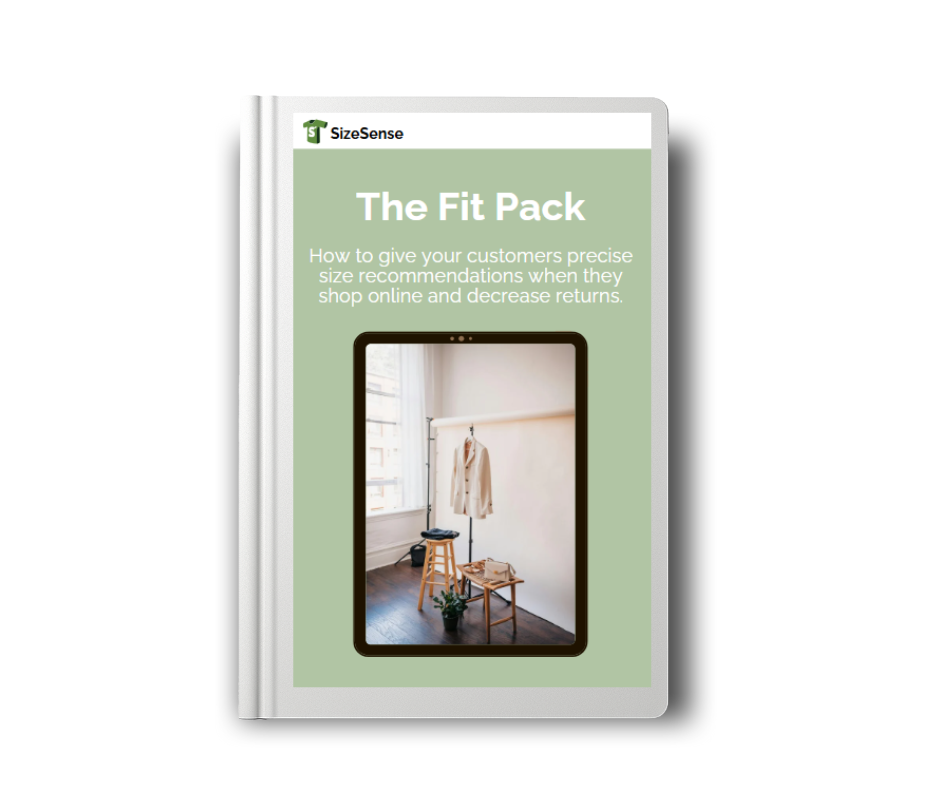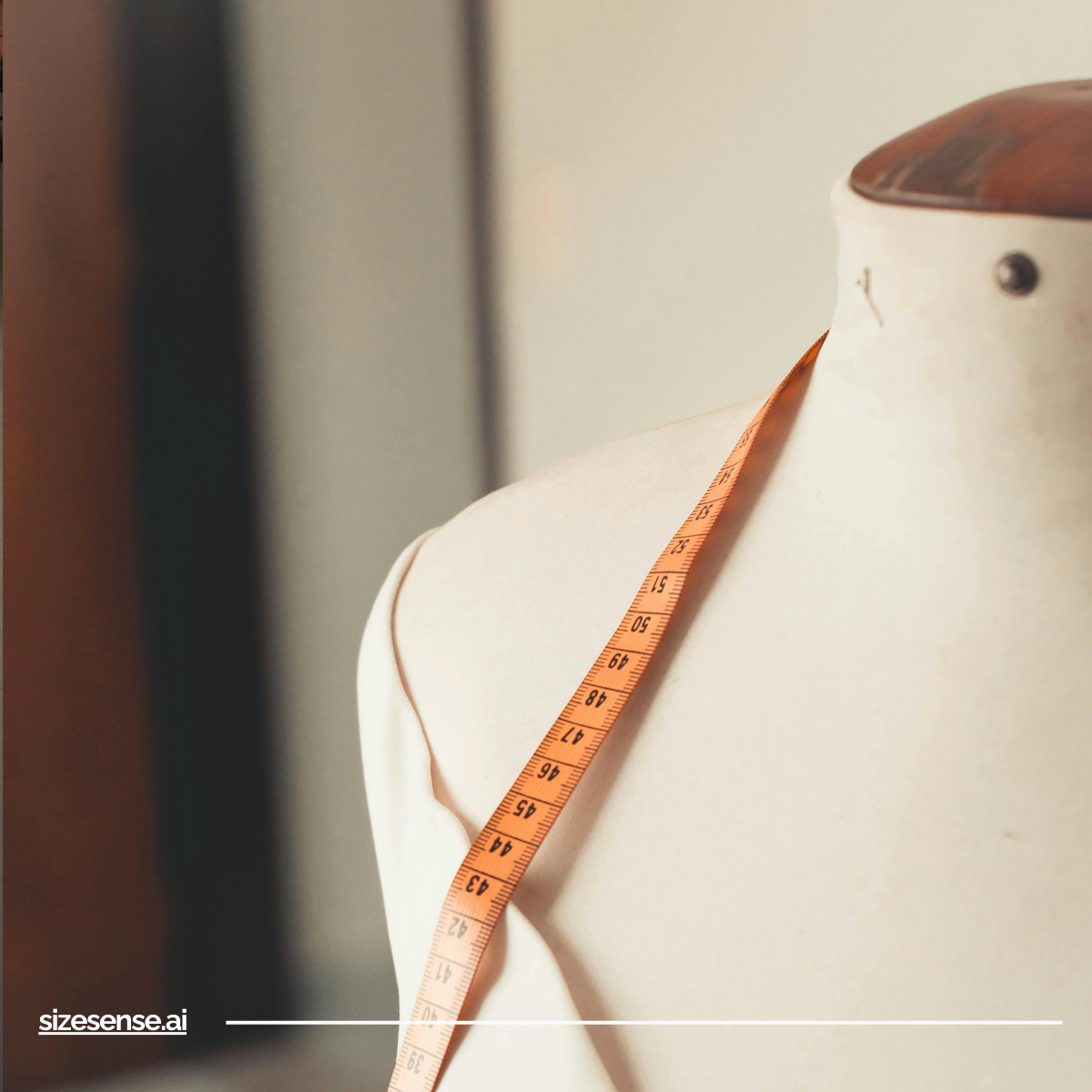The fashion industry frequently promotes its commitment to sustainability. But when it comes to real change, are we addressing the root causes – or just the symptoms? While recycling programs and “conscious collections” often dominate headlines, the deeper, more damaging problems often go ignored. At the heart of the issue lies overproduction, poor fit, and an inefficient return system. To genuinely reduce waste in the fashion industry, we must rethink the entire lifecycle of clothing – from design to post-purchase.
Overproduction: The Industry’s Silent Crisis
The fashion industry produces more than 100 billion garments every year. Shockingly, about one-third of this inventory is never sold. Unsold items often end up incinerated or dumped in landfills, leading to enormous waste in the fashion industry. This level of overproduction not only wastes fabric and water but also consumes energy and labor that ultimately go unused.
Poor Fit: A Hidden Driver of Waste
An often-overlooked contributor to waste in the fashion industry is poor fit. According to industry data, 52% of online fashion returns are due to sizing issues. Returned garments are not always restocked; in many cases, they are discarded or destroyed. These returns create both financial losses for brands and significant environmental harm. A better fit means fewer returns, less shipping, and lower emissions.
The Environmental Cost of Production
Every garment has a hidden cost. Producing just one pair of jeans can require up to 7,500 liters of water – the equivalent of seven years’ worth of drinking water for one person. Additionally, the fashion industry is responsible for around 10% of global carbon emissions – surpassing the combined emissions of international air travel and maritime shipping. These statistics underline the urgency of addressing waste in the fashion industry at the production level.
Synthetic Fabrics and Microplastic Pollution
Another alarming contributor to waste in the fashion industry is microplastic pollution from synthetic fabrics. Washing garments made from polyester and nylon releases nearly 500,000 tons of microplastics into the ocean every year – equal to dumping 50 billion plastic bottles into marine ecosystems. This invisible waste is devastating to marine life and hard to reverse.
The Unsustainable Cost of Returns
In the United States alone, returned products generate 5 billion pounds of landfill waste annually. The carbon emissions from processing returns are equally damaging – amounting to 15 million tons each year. That’s equivalent to the annual emissions of 3 million cars. It’s clear that addressing the logistics of returns is critical in solving the broader waste in the fashion industry problem.
Greenwashing: A Misdirection of Efforts
A troubling 60% of fashion brands’ sustainability claims are either misleading or unsubstantiated. This form of greenwashing not only deceives consumers but also stalls real progress by diverting attention from more impactful solutions.
A Smarter Solution: Fit Technology That Works
While no single solution can solve the entire sustainability challenge, technology like SizeSense.ai offers measurable impact. By providing accurate size recommendations using real customer data and product-specific garment details, SizeSense helps reduce returns caused by poor fit. This not only improves the shopping experience but also cuts down on reverse logistics, landfill waste, and unnecessary production.
Conclusion
True sustainability in fashion requires a shift in mindset – away from band-aid solutions and toward smarter systems. Addressing waste in the fashion industry means going beyond recycled fabrics and eco-labels. It demands a holistic redesign of how we create, distribute, and return clothing. From overproduction to fit accuracy, every step presents an opportunity to reduce waste and create lasting change.
Let’s stop focusing on just recycling. The future of sustainable fashion starts with smarter production.
Get a FREE copy of our eBook
Boost Sales and Customer Loyalty and Decrease Returns For Your Fashion Brand!

Get a free copy of our eBook. Discover how to why size Isn’t just a number, how to reduce returns and what you need to make your brand ready to use SizeSense.ai

Leave a Reply
You must be logged in to post a comment.